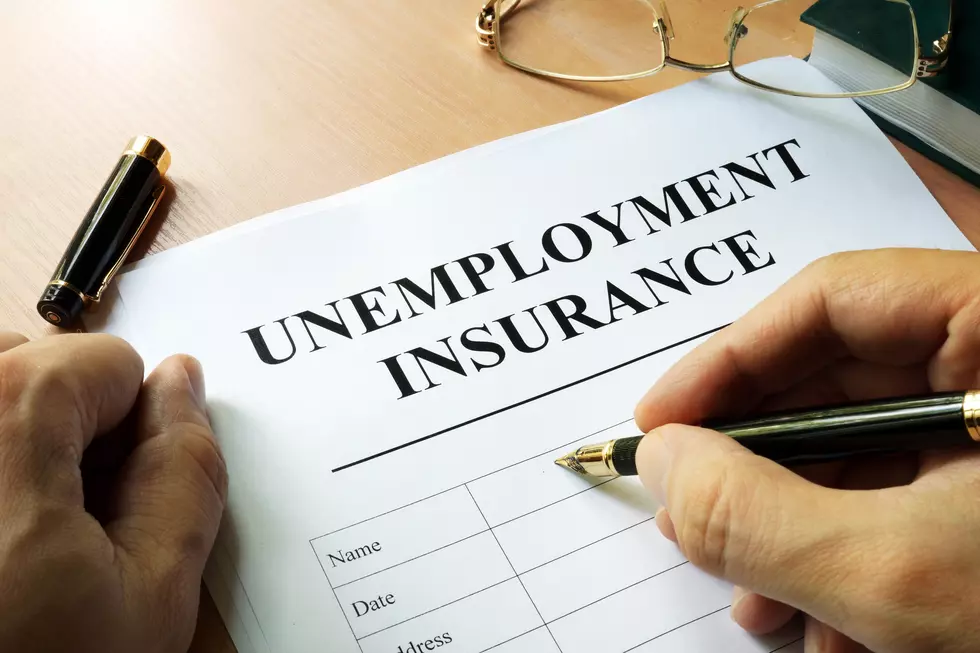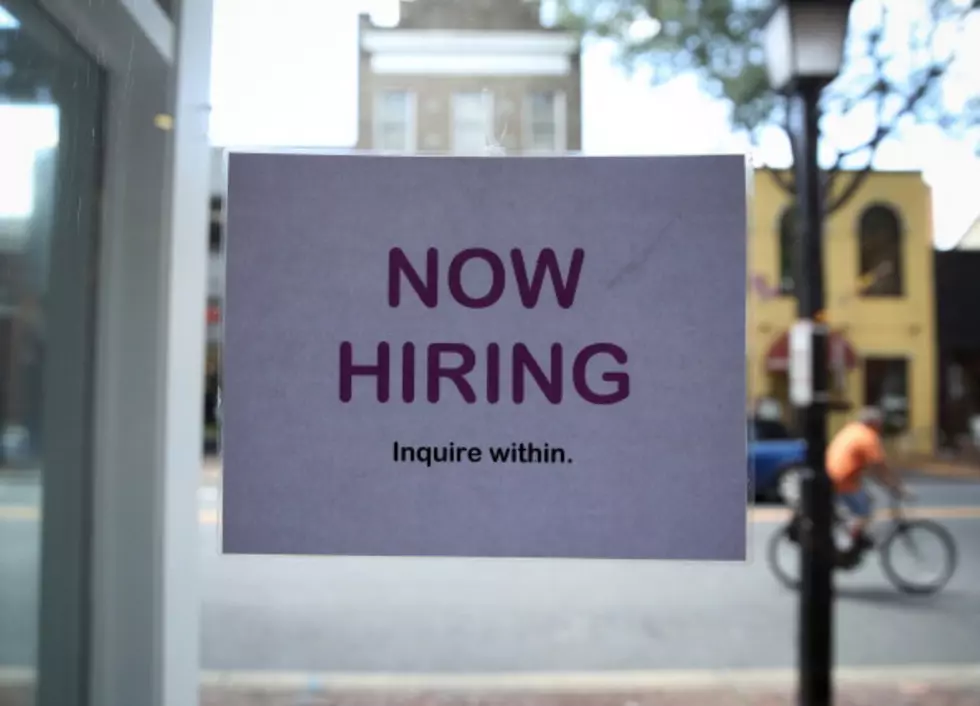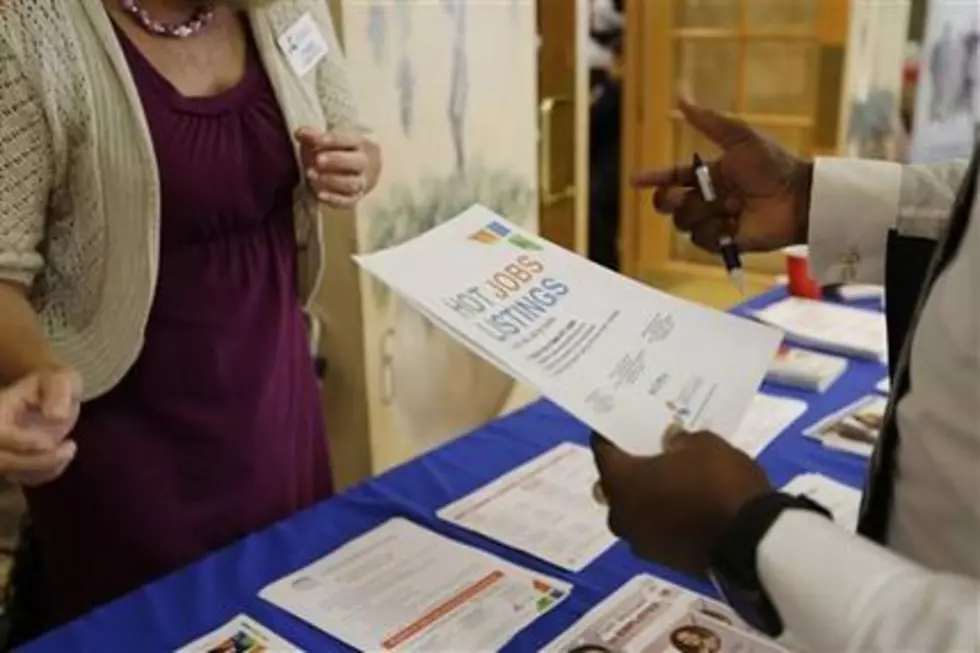
Applications for US jobless benefits rose again last week
WASHINGTON (AP) -- The number of people seeking unemployment benefits rose last week to the highest level since late February. But the increase likely reflected temporary auto plant shutdowns rather than any underlying labor market weakness.
The number of people filing applications for unemployment benefits rose by 15,000 to 297,000, the Labor Department reported Thursday. That is the highest weekly total since 327,000 applications were filed in the week of Feb. 28.
Even with the recent increases, benefit applications, which are a proxy for layoffs, remain at low levels that reflect a labor market that has been posting solid employment gains. The four-week average for claims, which smooths out some of the volatility, rose to 279,500, up slightly from 275,000 the previous week. It was the highest level for the four-week average since early May.
One of the states posting a large jump was Michigan, home to many U.S. auto plants, which typically see plant shutdowns in the summer to retool for a new model year.
Ian Shepherdson, chief economist at Pantheon Macroeconomics, said that for a few weeks, the jobless claims data would be distorted by the temporary auto plant shutdowns.
"We have no reason at all to think that the underlying trend in claims has changed and once the shutdowns are over we'd expect claims to revert to 280K or so," he said in a research note. "In the meantime, anything can happen over the next couple of weeks."
The number of people receiving benefits stood at 2.33 million for the week ending June 27, up from the previous week but 9.9 percent lower than a year ago.
The government reported last week that the unemployment rate fell to a seven-year low of 5.3 percent in June, while employers added 223,000 jobs.
Other labor market indicators have not performed as well -- a fact that Federal Reserve Chair Janet Yellen often cites in explaining why the central bank has not yet begun raising interest rates. In June, wage growth stalled, with hourly wages up just 2 percent over the past 12 months.
And the unemployment rate fell for the wrong reason: Many people out of work apparently got discouraged and gave up looking for a job. The government doesn't count people as unemployed unless they are actively seeking work.
The Fed released minutes of its June meeting on Wednesday. They revealed that the central bank officials were seeing signs that the U.S. economy was recovering from its winter slump. But at the same time officials were concerned about lingering weakness at home and the threat of troubles overseas including weaker growth in China and a stalemate in the Greek debt negotiations.
Given that those problems have gotten worse in recent weeks, many analysts believe that the Fed's first rate hike won't happen until December.
(Copyright 2015 The Associated Press. All rights reserved. This material may not be published, broadcast, rewritten or redistributed.)
More From New Jersey 101.5 FM









